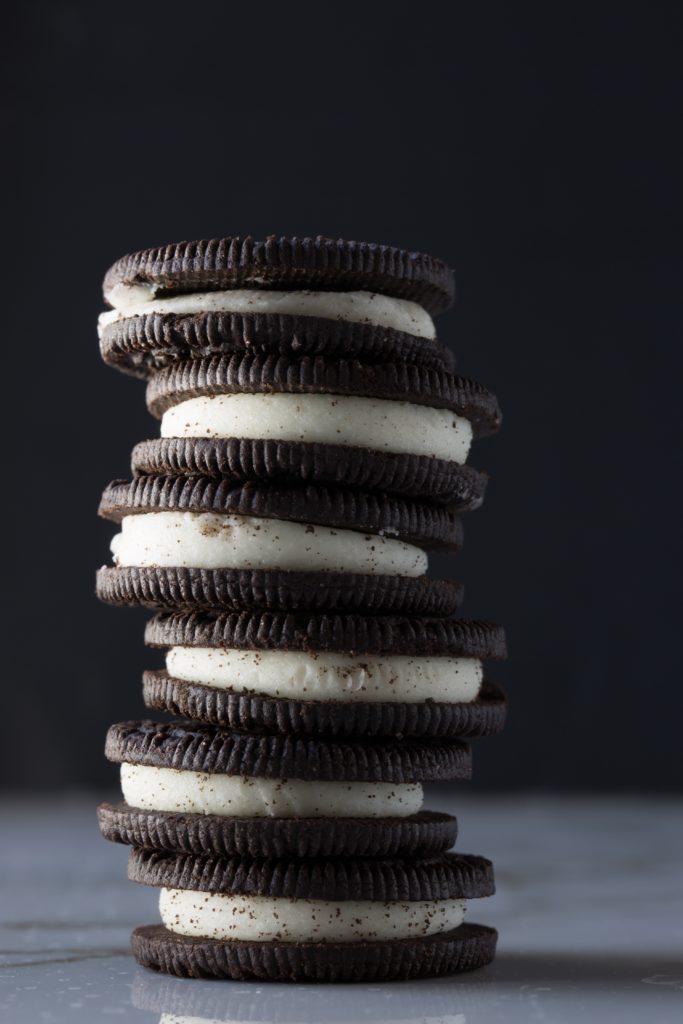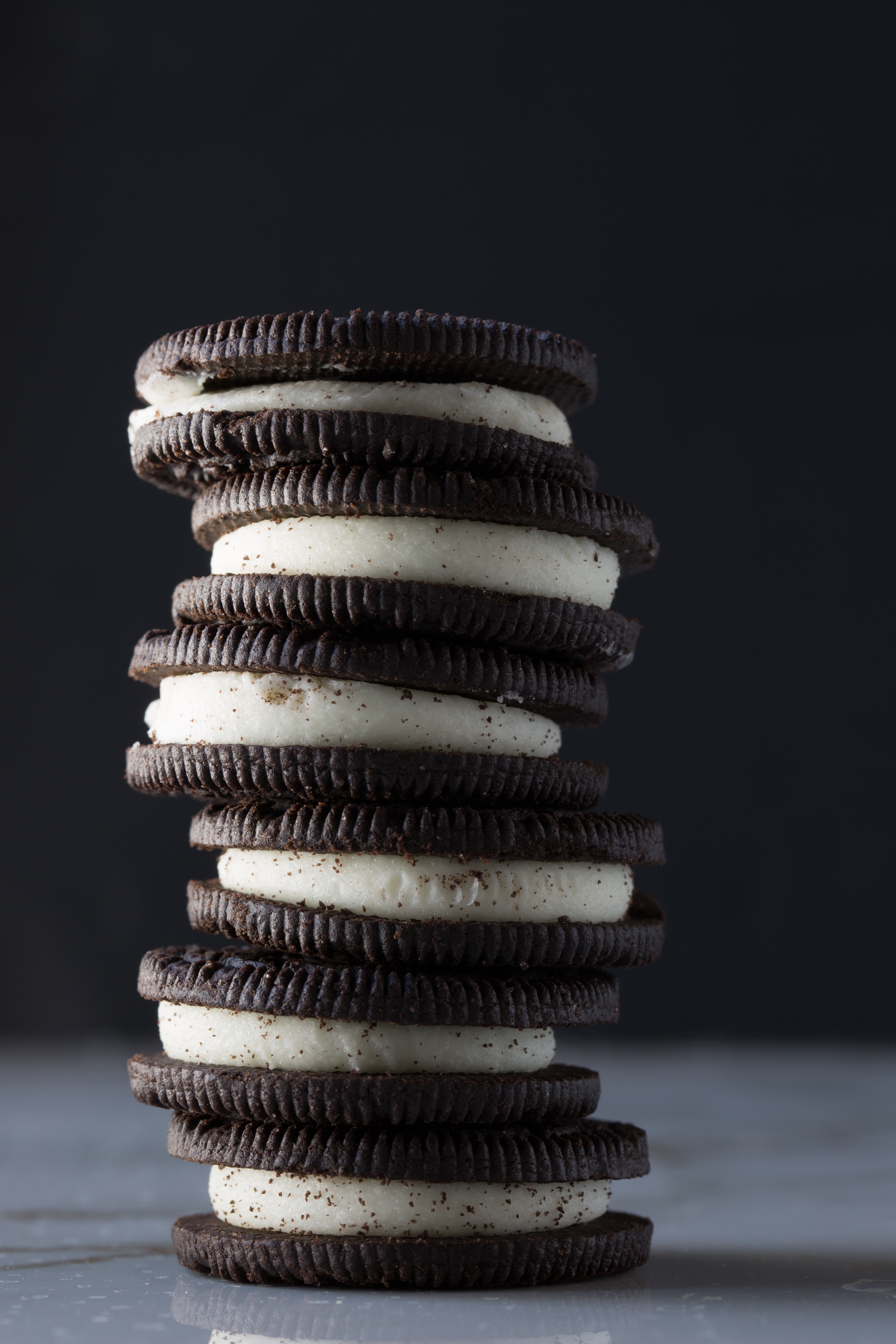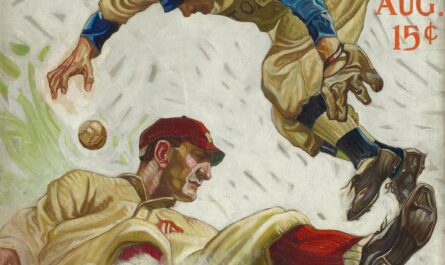What do feuding brothers, Hillary Clinton, and Mexico have in common?

Photo by Denise Johnson on Unsplash
It is the best selling cookie in the world. Its design and recipe have been untouched since the 1950’s and 1990’s, respectively. It’s inspired its own special ritual for eating, which about half of Oreo eaters perform, according to Mondelez.
The Oreo was first introduced 107 years ago today by the Nabisco Company in New York City.
In 1898, the Nabisco super-company was formed by merging three national bakeries, the New York Biscuit Company, the United States Baking Company, and the American Biscuit and Manufacturing Company, which was run by brothers Jacob and Joseph Loose. Joseph Loose refused to go through with the merger, and left to start the Loose-Wiles Biscuit Company with John Wiles.
The Loose-Wiles Biscuit Company became Sunshine Biscuit Company, which introduced the Hydrox sandwich cookie in 1908. This treat was made from two chocolate wafers, imprinted with a wreath of mountain laurels, and held together by a vanilla creme filling.
Initially, Hydrox did well in the market, becoming known as “King of the Biscuits.” It was also kosher and used real sugar from its inception, which helped keep it afloat in the market.
The very similar Oreo was created in 1912 by Nabisco, a much larger company with a much larger marketing budget. While it wasn’t an instant hit like Hydrox, Oreo was the cookie that eventually became a perennial favorite of children and adults alike.
Unfortunately, the name Hydrox became associated with chemicals and cleaners, highly unappetizing. As it fell out of favor, people began to think Hydrox was the imitator of the Oreo.
In fact, in a brilliant marketing move, when Nabisco redesigned the Oreo in 1952, they raised the price significantly, fueling the idea that Oreo was the original and Hydrox a cheap knock-off version.
To make matters worse, Oreo went kosher in 1998. Shortly thereafter, Hydrox was relegated to production for off-brand cookie ice creams, who couldn’t afford Nabisco’s licensing fees.
Though the recipe has remained unchanged for decades, the Oreo has undergone several subtle name changes: the 1912 Oreo Biscuit became the 1921 Oreo Sandwich, which changed in 1937 to Oreo Creme Sandwich, which last changed in 1974 to today’s Oreo Chocolate Sandwich Cookie. The Oreo has also undertaken many novelty flavors over the years.
Officially, Nabisco isn’t sure where the name came from, but there are plenty of theories on it: possibly derived from the French word for gold, “or,” the color of the original packaging. Another theory suggests the name comes from the previous hill-shaped version of the cookie design, as oros means “mountain” in Greek. A third offers the origin comes from taking the “re” in cream and placing it between two chocolate “o”s. Others maintain it was just a short and simple name. The most compelling theory, a bit more devious than the rest, suggests the name comes from “Oreodaphne,” the genus of the flower imprinted on the Hydrox cookies. What a wild world of head-to-head marketing campaigns!
In 2015, a Hydrox enthusiast bought the copyright and went to work recreating the original recipe, rereleasing the cookie with his company, Leaf. You can even buy Hydrox on Amazon today.
Nabisco made headlines in 2016 for laying off 600 workers from its Chicago plant and moving production to Mexico. This prompted backlash from many places, including workers unions, Hillary Clinton and Donald Trump. A powerful cookie, you might say.
Clinton met with 7 workers laid off by Mondelez in 2016. In a piece for the Huffington Post, Dave Jamieson writes that Clinton placed a call to Mondelez CEO Irene Rosenfeld, urging her to rethink the decision to downsize the Chicago plant and reduce American jobs. Even so, the decision went forward as announced.
Today, there are dozens of varieties, including some pretty crazy flavors – Blueberry or Watermelon, anyone? There are even regional variations, based on the dictates of local tastes, such as Green Tea Ice Cream in China and Dulce de Leche in Argentina. Word-wide, though, the original is still the bestselling flavor.
The United States remains the number one consumer, unsurprisingly. The cookies were introduced in Canada in the 1940’s and Venezuela in the 1960’s; by the 1990’s, over 75 countries were selling the treat. Today Oreo cookies are in over 100 countries, thanks to marketing, constant reinvention, and capitalizing on foreign markets. A truly American feat.




